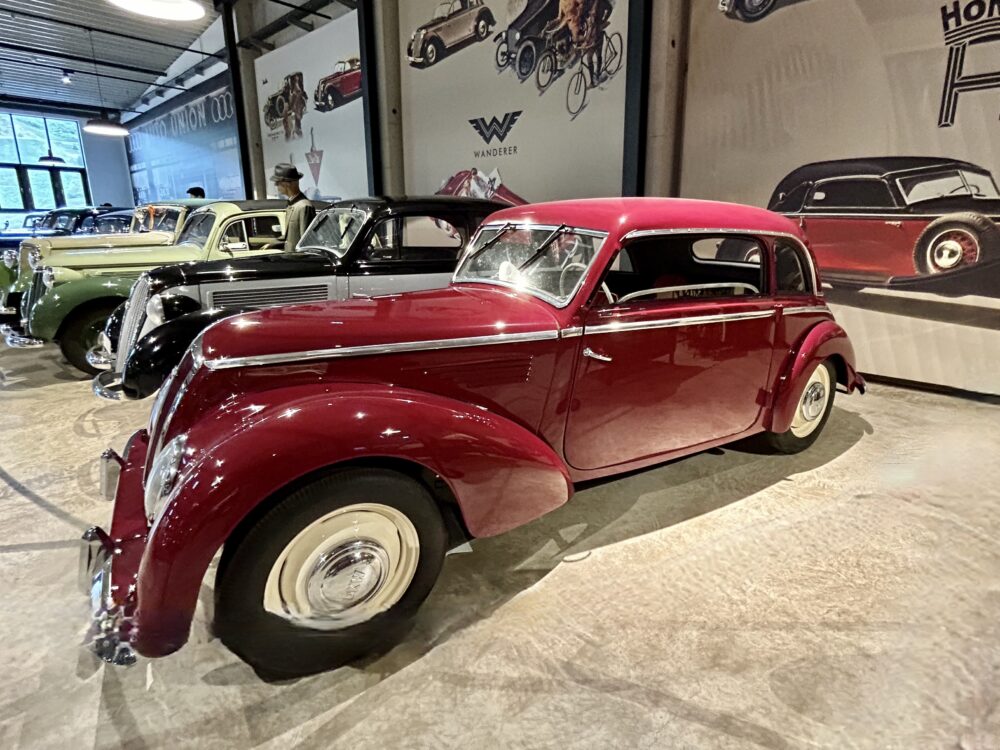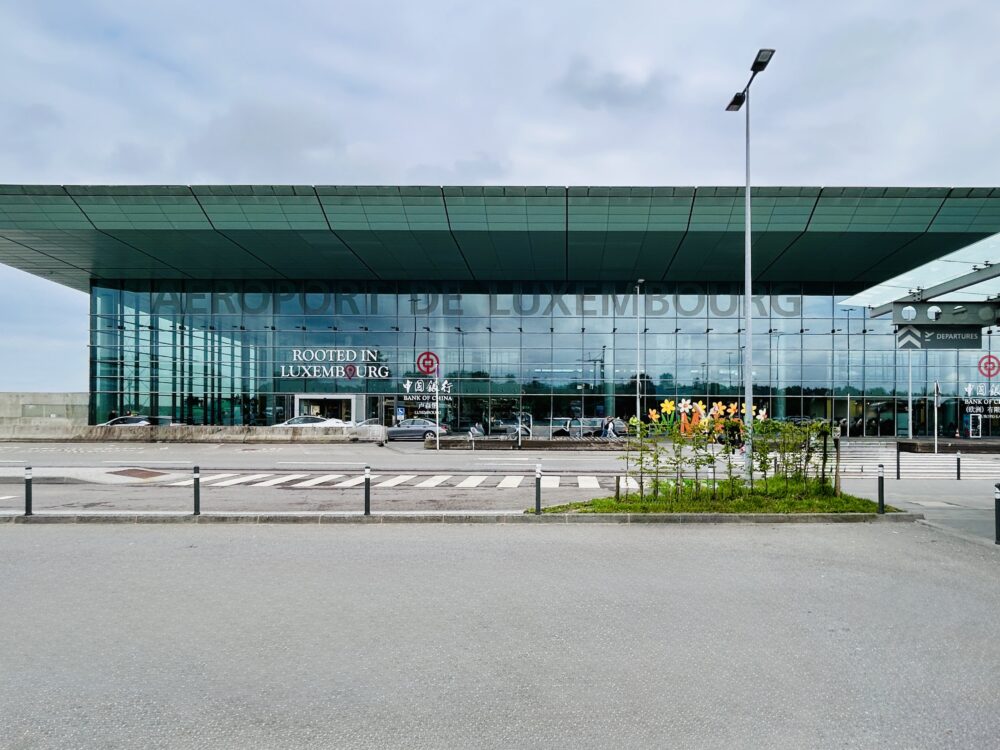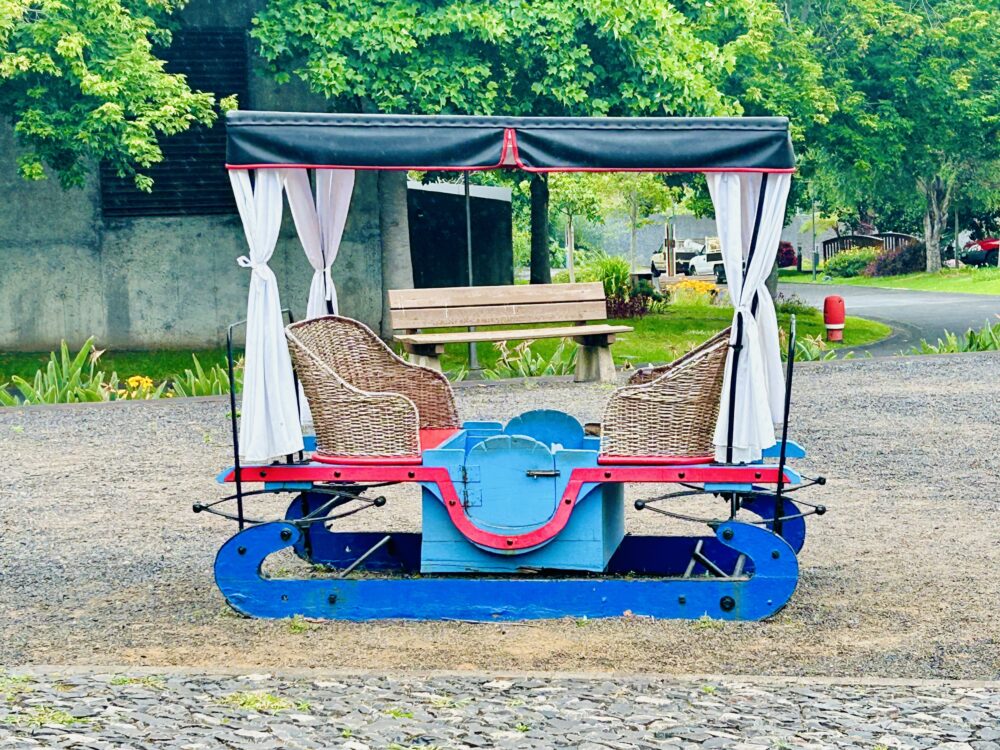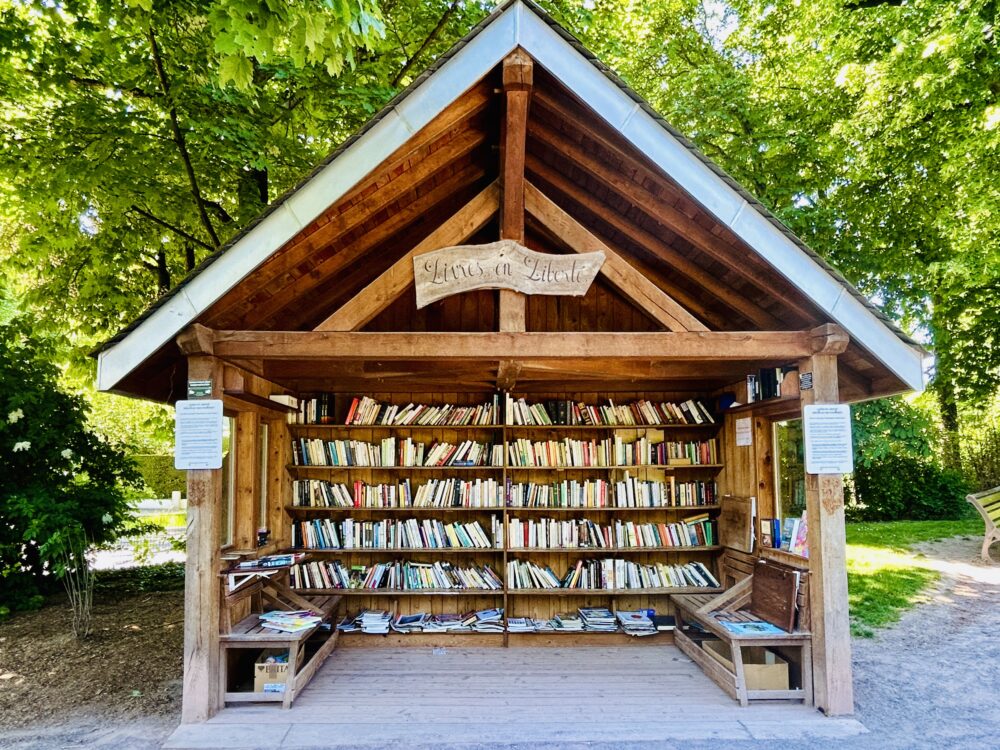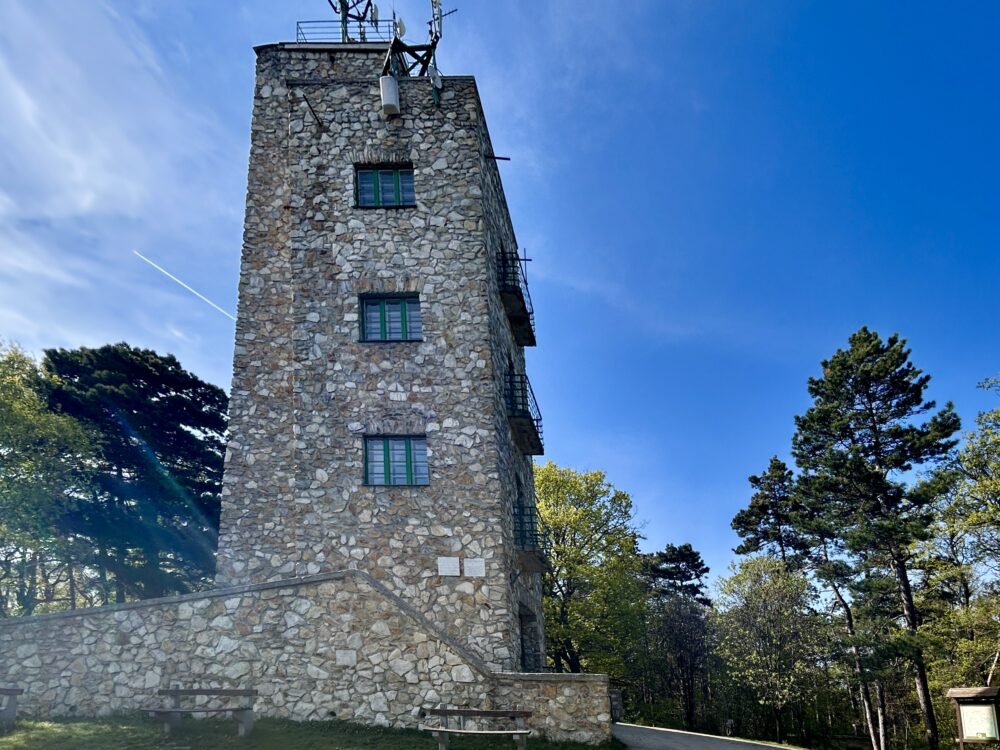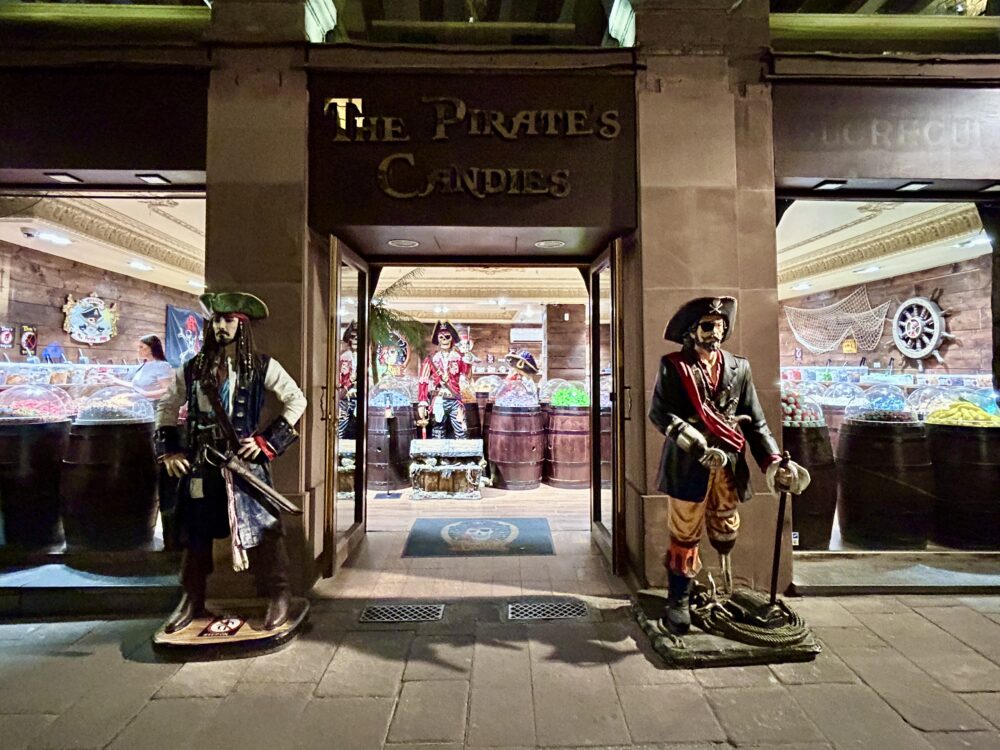The aftermath of World War II left the automotive industry in turmoil, with manufacturers struggling to rebuild and innovate under constrained resources. Among the many vehicles born out of these difficult times, the DKW F 10 stands as a rare and fascinating example of post-war ingenuity.
Auto Union GmbH, Ingolstadt, introduced the DKW F 10 in December 1949, officially offering it until August 1950. This vehicle was built upon the legacy of pre-war models like the DKW F 7 and F 8, yet modernised to suit the evolving demands of post-war Germany.
A Limited Yet Impactful Production
With only 196 new cars produced, the F 10 remains one of the most exclusive automobiles of its era. The company aimed to breathe new life into these vehicles, offering fresh steel bodywork that was designed and manufactured by Karl BAUR in Stuttgart, between 1948 and 1952.
Engine and Performance
The DKW F 10 featured a 700cc two-cylinder, two-stroke engine, producing 18 to 20 horsepower. While not revolutionary in terms of power, it provided reliable performance.
Variants and Pricing
The F 10 was available in three distinct variants—Limousine, Cabriolet, and Coupé—offering a range of options to suit different customer preferences. However, affordability was a challenge. The price for the body alone ranged from 2,750 to 3,450 Deutsche Marks (DM), making it a significant investment.
Bridging the Gap Between Past and Future
Auto Union recognised the need for further innovation, and by January 1950, they began offering the F 10 officially on updated F 8 chassis, incorporating improvements like hydraulic brakes and telescopic shock absorbers. The design was undoubtedly more refined than its pre-war counterpart, but it lacked the advanced engineering of the soon-to-be-released DKW F 9, which introduced a more streamlined, forward-thinking approach to automotive design.
The End of an Era and the Birth of a New One
In August 1950, Auto Union released the DKW F 89, marking the company’s transition into a new chapter of automobile production. Manufactured in Düsseldorf, this model became the first truly post-war Auto Union vehicle, ushering in modern design and technological enhancements that left the F 10 as a historical stepping stone rather than a long-term contender.
Despite its brief existence, the DKW F 10 remains a symbol of resilience and ingenuity in an era defined by recovery and transformation. Today, enthusiasts treasure it as a rare artefact of automotive history, celebrating its role in bridging the past with the promising future of German engineering.
#ClassicCars #AutoUnion #DKWF10 #VintageMotors #GermanEngineering



